Matmos Interview Part 3 of 3 (w/ Drew, Martin)
 In this, the final installment of the Matmos interview, Martin and Drew talk about what makes an action art, and about working with Bjork.
In this, the final installment of the Matmos interview, Martin and Drew talk about what makes an action art, and about working with Bjork.
Hope you all have enjoyed it!
For refreshers, goto Part 1 and Part 2
AS- It seems to me, and this is just my take on it, that the Matmos live show has some performance art characteristics. Would you agree with this? What is performance art to Matmos?
Martin- When we first started doing this, when we first started making music, and then someone liked our songs…well if you make music in your bedroom, and you talk to someone at a bar and you say “Oh yea I make music.” Among their first questions is always going to be “Well when and where are you going to play?” Because this business of playing music live is part of making music, in people’s minds. If you’re going to sell CDs you have to play music live, or generally that’s considered a good thing to do. We were faced with the question of what would we do live, because so much of what we do is about hunching in front of a computer, and editing stuff. Or at the most exciting playing a keyboard…not the most fascinating thing to watch live.
Drew- Because we don’t really have musical chops, we don’t have performance chops in the way that real musicians do. We’re self-taught.
Martin- We can’t juggle. Watching someone play guitar really well is like watching a great trick. It’s like “Wow. That person can do all those things,” and you see it live. Neither of us are musicians at all. Fortunately we had this built in shtick of we make the music out of the objects. So, it seemed fairly obvious to us that what we should do is make the sound of the object live.
Drew- Play the processes that generated the composition. So that it is like a cooking show where you’ve got the cooked thing as a sort of structural spine to play against, but you’re also re-enacted the whole process that made the piece in the first place.
Martin- And so it becomes performance art, which is to say there is someone doing something on stage besides playing a musical instrument.
Drew- That whole “Why is it art” thing is an old strategy. Warhol shoots a film of someone sleeping, or someone kissing, or someone eating, and why is it art? Well, it’s the act of putting a frame around it. And it’s the same of any real action. If you give someone a haircut at home, you’re giving them a haircut. If you do it under lights on a stage, in front of an audience who are being asked to look at it through this proscenium arch that sets it aside, it becomes art. And maybe it activates people’s way of listening to it and trying to hear it as music, that’s our goal—to process the sound of a real action. So, I’m dialing in, and filtering the sound of Martin shaving someone’s head. It’s real action, but it’s also an art action, because it’s being turned into sound.
Martin- And for me that piece is about, I’ll try to keep it brief– the reason I used that was because when I was a punk rocker, and that song is supposed to be a portrait of Darby Crash, a hugely important part of being a punk rocker was cutting your hair. In the 70s long hair was the thing, and punk was a sort of revolution against that. And so, getting you hair cut requires a lot of eeerrrrrrrr…like holding this thing up against your head, which buzzes, and activates your head like this giant microphone. The process of someone buzzing your head…I’m performing that live, but by amplifying that sound, and enveloping it, it reminds you when someone is doing it to you. And hopefully triggering, and re-triggering that whole experience, and referring to the history and actually enacting the experience…I don’t know with that sound system.
Drew- Well there was a lot of low end in it. You don’t get the buzz, but you get the boom.
Martin- It’s a good shtick. It beats the fuck out of someone checking their email live, on stage. Which is what so much electronic music…I was always shocked that people actually, even some of my friends, musicians I really enjoy, actually had the fucking balls to go out there and stand on stage with a lab top and do nothing.
Drew- But some people you sense from the way they seem to be listening and changing what they’re doing, a lab top performance can be responsive live…
Martin- There’s some conceptual art right there. “I believe your doing something…”
Drew- But I’ve seen good and I’ve seen bad. I mean I’ve seen lab top shows were I was quit satisfied, and lab top shows were I was quit frustrated. It all comes down to how was the sound system, how responsive and flowing did the performance seem to be? But yea, you are taking it a little bit on faith that their process is real, and they aren’t just pressing play. With us that is less of an issue, because we are showing people gesturally what we do. But we are going to have to face it again when we start to play the all-electronic material. But for us…
Martin- It’s also why I show videos.
Drew- Yea, to shut people up.
Martin- Yea, well there are pieces when I am not doing any shtick.
Drew- Well you’re playing synthesizers, and I’m playing sequencers. That’s the other thing. People get this mistaken notion if you use sequencers, therefore it is not live. But the way we reproduce a song is to have all these options, and to decide on the fly which ones come in when, and for how long, and how do we manipulate them.
Martin- To a certain degree. But we are trying to reproduce the song that…
Drew- Yea. It’s sort of a halfway point between structure and improv…It’s not improv, it’s not free music. Which we can do, but I’m not very good at it. Martin is much better.
Martin- I disagree. I think that is your primary problem, is that you don’t believe that you are…
Drew- I just can’t avoid wanting to cheat, and prepare a bunch of stuff ahead of time, that I know sounds cool. Which is to not to be truly in the moment. But it’s cultural too. I mean think about the way church organists are always expected to improvise the way that they embroider a pawn, like a melody. It’s the same with ragas in Indian music. There is a very clear progression, and a very clear scale, but there is also so much freedom inside it. So I think a lot of these issues about what’s free, and what’s formal are oversimplified anyway.
AS- You probably knew this was going to come up, but talk about some of people Matmos has worked with.
Drew- We’ve been at it so long it really runs the gambit.
AS- Hit on some of the big names.
Martin- What, you mean Bjork? She’s pretty much the only one…well I guess the Kronos Quartet, and Terry Riley…
Drew- And Antony…
Martin- Very different with each of them.
Drew- It’s always a challenge to not show up and kind of spray paint your style onto somebody else. There have been some occasions when I really felt like we were trying to make something 50/50. But in every case it’s different about how that pans out. The work for Bjork was very much…she had written songs and we were doing sound design to kind of take them further in the direction they were already going. Which was really fun, and really scary. With a commission from the Kronos we were totally free to make whatever we wanted for them, but then we also had to realize “Well it needs to be in a kind of conventional tuning,” so that they can keep playing their string instruments and not have to pick up a different set.
Martin- Yea, it’s funny with things like that, you bring your limitations. Even if someone said “Do whatever you want,” it’s really difficult to help going “Well, of course they are the Kronos Quartet, so they’ll want something like this. Insert assumption here.” It’s hard not to do that.
Drew- Even like when we wanted Antony to sing on our song, but it’s a little bit lazy of us to send him the song and say, “Just do anything you want.” Because so much of the skill of being a singer is phrasing and intonation that you put to words, but he’s not going to feel comfortable just writing whatever lyrics to our song. So we wound up writing a kind of skeletal frame of lyrics for him to bounce off of, but then we basically chopped him up, and sort of de-languagify it, like removed the meaning and just kept the sound. Every time it is always new about how pushy you get, or they get, and about whether the chemistry is working. With Bjork, I feel in a way the real collaboration was starting when we were all together and were talking about how to arrange these older songs. In a certain way Verspertine was pretty fully formed by the time we were working on it. She was very open to having us add…
Martin- There is a live CD of shows we did. I think it’s probably pretty fucking obscure, really. She released fifty fucking things in the last two years of old stuff and its one of those.
Drew- It’s in the live box set.
Martin- That’s probably the most Bjork and Matmos together of things. It’s the recording of the way we orchestrated a bunch of her songs. And we really did re-orchestrate them in a major way.
Drew- And that was down to her being very flexible. She was like “Go for it. Change it up.” That’s why she wanted us involved in the band, to make it valid, and not make it just a by-numbers here are these songs from these albums that you already know. So many people on her level are just doing a kind of delivery system, or a retro-package. She’s somebody who can’t help but keep it changing.
Martin- I would have to say that the live recording would be even more genuinely a collaboration than even the live show, because her live engineer didn’t like what we did, and was mixing us out, and mixing in the dullest parts of the prerecord…which has always offended me.
Drew- Often people will play something at our studio. They’ll come over and think we’re all going to jam, but it’s much, much close to a photo shoot. They sit and make individual sounds. We take them, and months later a record comes out where these sounds they made very much on the fly, in isolation, have taken on a form…
Martin- Have been woven into this song.
Drew- In a certain way we are kind of bullies, in that we take a tiny amount of material from people and then we grow a huge thing, but it often isn’t there playing. Or it’s a very selective and imperialistic take over of there playing.
Coincidentally, Martin’s phone rings, and its long time Matmos collaborator J Lesser. This seemed like an appropriate time to end the interview, so we did. –Bez
Related posts
- Matmos Interview Part 2 of 3 (w/ Drew, Martin)I had originally intended to post this interview in two...
- Interview: Matmos (w/ Drew Daniel, Martin Schmidt)A couple Tuesdays ago, I got a chance to talk...
- Countdown to Whartscape: All systems go! Last minute mini-terview w/ Dr. Drew Daniel (Matmos)1. Describe your feelings on Wham City and what it...
- Interview: Medeski Martin & Wood – Unconscious Musicians (w/ John Medeski, Billy Martin, Chris Wood)Aural States sat down with Medeski Martin & Wood while...
- Interview: Drew Pompa (Blank Artists, Detroit)I saw the Blank Artists tour back in August at...





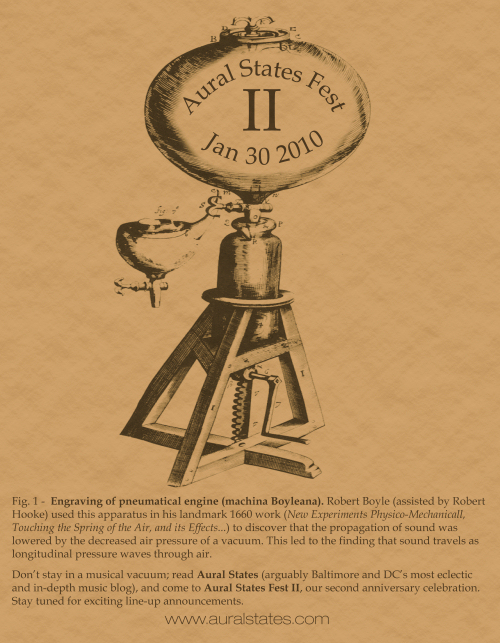
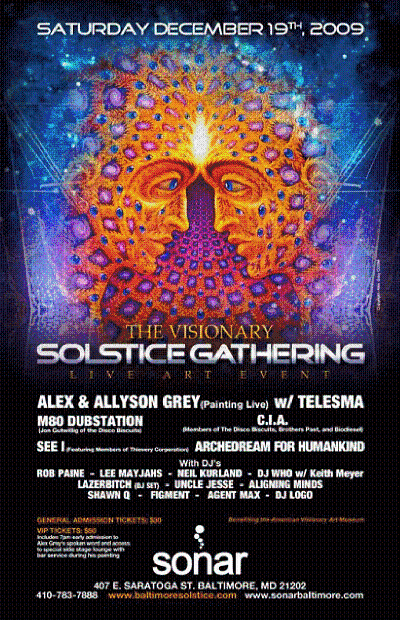










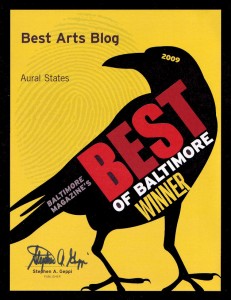


 Double Dagger: Masks EP
Double Dagger: Masks EP Pfisters: Narcicity
Pfisters: Narcicity Lizz King: All Songs Go To Heaven
Lizz King: All Songs Go To Heaven Imperial China: Phosphenes
Imperial China: Phosphenes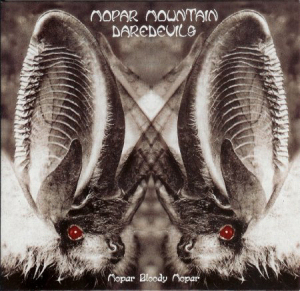 Mopar Mountain Daredevils: Mopar Bloody Mopar
Mopar Mountain Daredevils: Mopar Bloody Mopar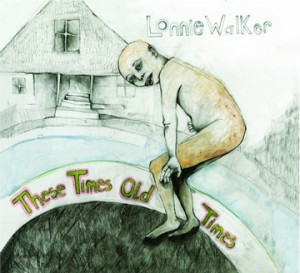 Lonnie Walker: These Times, Old Times
Lonnie Walker: These Times, Old Times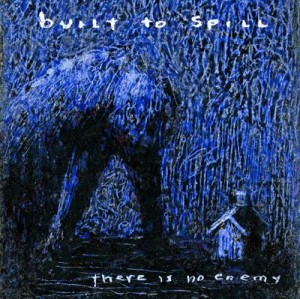 Built to Spill: There Is No Enemy
Built to Spill: There Is No Enemy Hypnotic Brass Ensemble: Hypnotic Brass Ensemble
Hypnotic Brass Ensemble: Hypnotic Brass Ensemble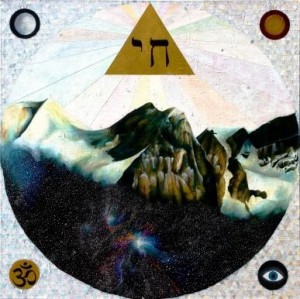 Secret Mountains: Kaddish EP
Secret Mountains: Kaddish EP Bela Fleck: Throw Down Your Heart: Tales From the Acoustic Planet, Vol. 3 -Africa Sessions
Bela Fleck: Throw Down Your Heart: Tales From the Acoustic Planet, Vol. 3 -Africa Sessions Lands & Peoples: Lands & Peoples EP
Lands & Peoples: Lands & Peoples EP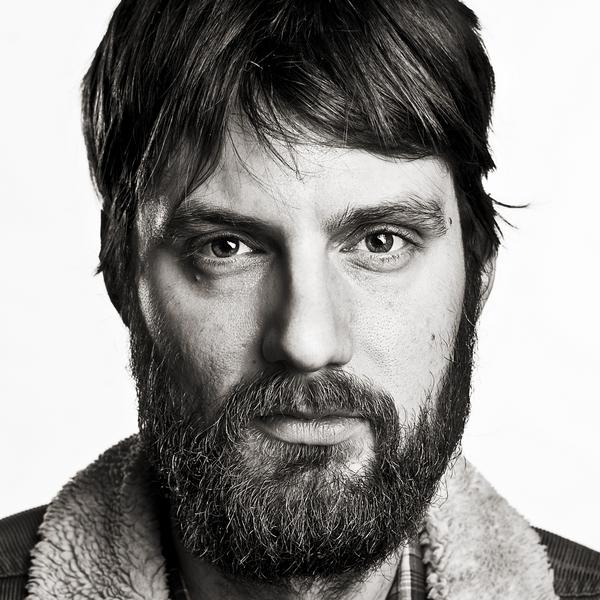 Caleb Stine: Eyes So Strong and Clean
Caleb Stine: Eyes So Strong and Clean Wye Oak: The Knot
Wye Oak: The Knot Pontiak: Maker
Pontiak: Maker White Rabbits: It's Frightening
White Rabbits: It's Frightening Dirty Projectors: Bitte Orca
Dirty Projectors: Bitte Orca Double Dagger: More
Double Dagger: More Elvis Perkins in Dearland: Elvis Perkins in Dearland
Elvis Perkins in Dearland: Elvis Perkins in Dearland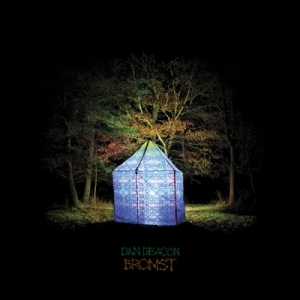 Dan Deacon: Bromst
Dan Deacon: Bromst The Thermals: Now We Can See
The Thermals: Now We Can See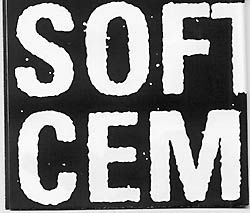 Soft Cement: Think About It EP
Soft Cement: Think About It EP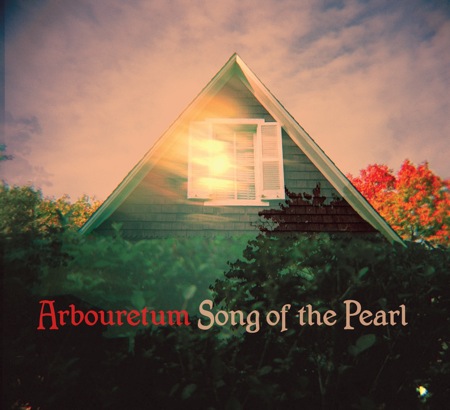 Arbouretum: Song of the Pearl
Arbouretum: Song of the Pearl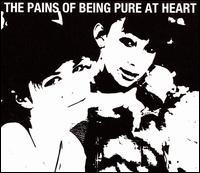 The Pains of Being Pure at Heart: The Pains of Being Pure at Heart
The Pains of Being Pure at Heart: The Pains of Being Pure at Heart Benjy Ferree: Come Back to the Five and Dime, Bobby Dee Bobby Dee
Benjy Ferree: Come Back to the Five and Dime, Bobby Dee Bobby Dee Weekends: Weekends
Weekends: Weekends Height With Friends: Baltimore Highlands 12" LP, Limited-Run Vinyl Only
Height With Friends: Baltimore Highlands 12" LP, Limited-Run Vinyl Only Caverns: Kittens! EP
Caverns: Kittens! EP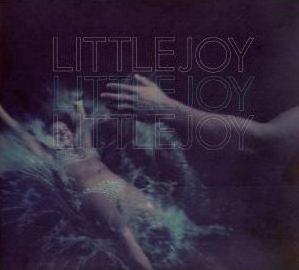 Little Joy: Little Joy
Little Joy: Little Joy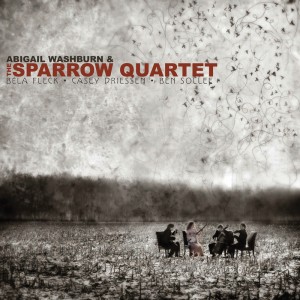 Abigail Washburn & the Sparrow Quartet:Abigail Washburn & the Sparrow Quartet
Abigail Washburn & the Sparrow Quartet:Abigail Washburn & the Sparrow Quartet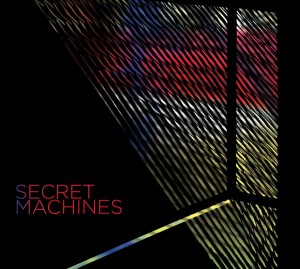 The Secret Machines: Secret Machines
The Secret Machines: Secret Machines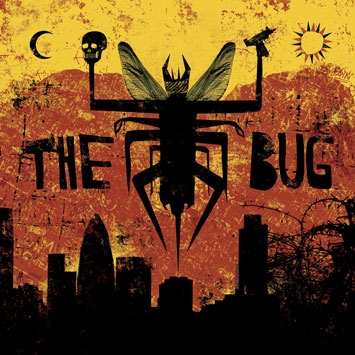 The Bug: LondonZoo
The Bug: LondonZoo 13th Floor Elevators: Psychedelic Sounds of the 13th Floor Elevators (Vinyl Mono LP only)
13th Floor Elevators: Psychedelic Sounds of the 13th Floor Elevators (Vinyl Mono LP only) Arbouretum/Pontiak: Kale (Vinyl LP only)
Arbouretum/Pontiak: Kale (Vinyl LP only) Small Sur: We Live in Houses Made of Wood
Small Sur: We Live in Houses Made of Wood AbeVigoda: Skeleton
AbeVigoda: Skeleton ImperialChina: Methods: EP
ImperialChina: Methods: EP